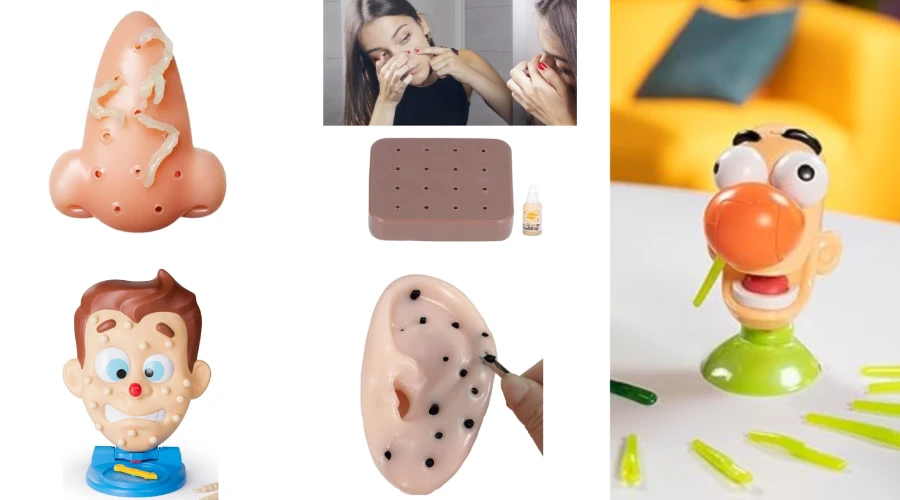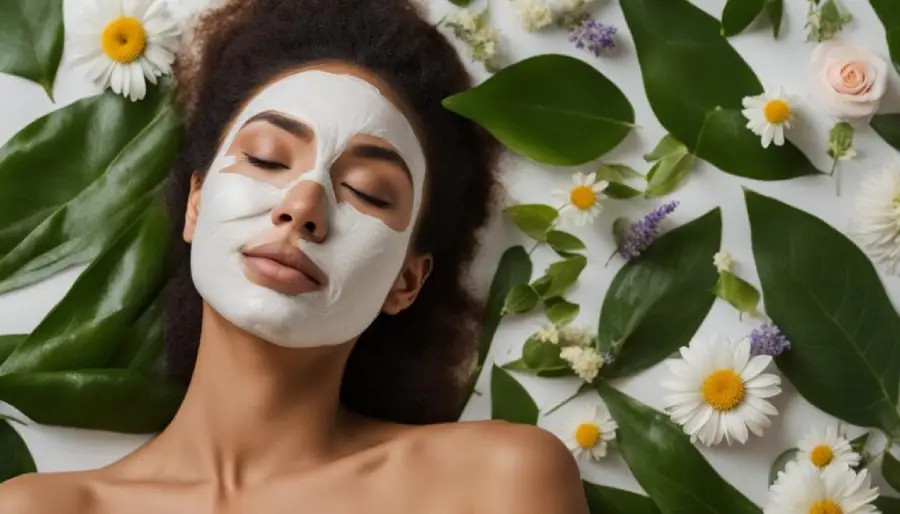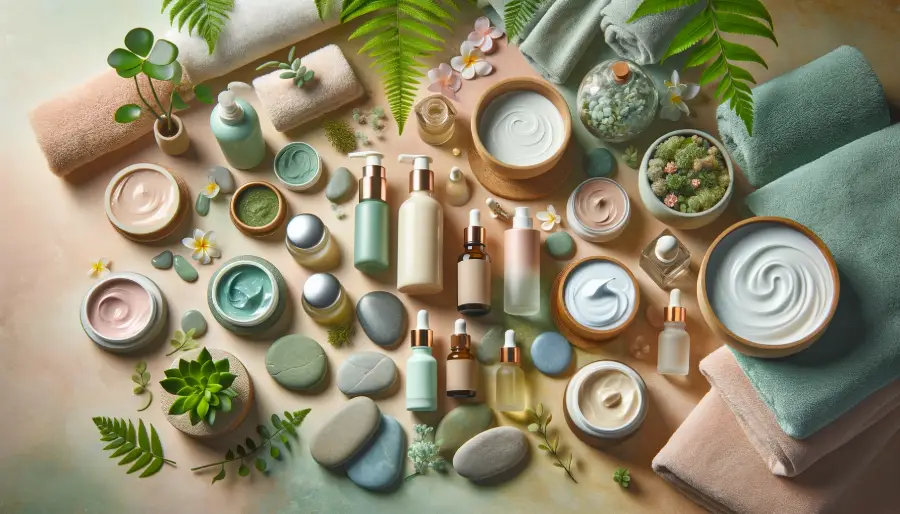Welcome to our guide on aromatherapy for stress relief. In this article, we will explore the power of essential oils and calming blends in promoting relaxation and reducing anxiety. Learn how to create a calming atmosphere and find serenity with the use of essential oils.
Key Takeaways
- Aromatherapy using essential oils is a natural remedy for stress relief.
- Calming essential oil blends, such as lavender, bergamot, and roman chamomile, can promote relaxation and reduce anxiety.
- Creating your own essential oil blend recipes can be a personalized way to enhance relaxation.
- Using essential oil diffuser blends can create a soothing atmosphere for relaxation.
- It’s important to take safety precautions when using essential oils.
What Are Calming Essential Oil Blends?
Calming essential oil blends are specially formulated mixtures of essential oils that promote relaxation and alleviate anxiety. These blends combine the soothing and relaxing properties of various essential oils, such as lavender, bergamot, and roman chamomile, to help reduce stress and create a sense of calm.
When it comes to stress reduction, lavender essential oil is a popular choice due to its calming and sedative effects. It can help calm the mind and promote relaxation, making it ideal for reducing stress and anxiety.
Bergamot essential oil is another key ingredient in calming blends. It has a citrusy yet floral scent that is known for its mood-boosting properties. Bergamot can help alleviate feelings of tension and stress, promoting a sense of calmness and well-being.
Lastly, roman chamomile is renowned for its calming properties. It has a sweet, floral scent that can help ease anxiety and promote relaxation. Roman chamomile essential oil is often used in aromatherapy to create a peaceful and calming atmosphere.
| Essential Oil | Main Benefits |
|---|---|
| Lavender | Calming, sedative, reduces stress |
| Bergamot | Mood-boosting, tension-relieving |
| Roman Chamomile | Calming, anxiety-reducing |
Do They Work for Relaxation? How?
Calming essential oil blends have proven to be effective in promoting relaxation and reducing stress and anxiety. These blends are carefully formulated with essential oils known for their soothing properties, such as chamomile, bergamot, and lavender. When used in diffusers or applied topically, these blends create a calming atmosphere that helps to alleviate tension and induce a sense of calm.
The key to the relaxation benefits of calming oil blends lies in the chemical composition of the essential oils. For example, lavender essential oil contains compounds like linalool and linalyl acetate, which have sedative and anxiolytic properties. These compounds interact with the limbic system in the brain, promoting a sense of relaxation and reducing stress levels. Similarly, bergamot essential oil contains a compound called linalyl acetate, which has been found to have calming effects on the nervous system.
When these essential oils are diffused or applied topically, their aromatic molecules can be inhaled or absorbed by the skin, allowing them to interact with the body and mind. As we inhale the scent of these oils, they stimulate the olfactory system, which is directly connected to the brain’s emotional and memory centers. This leads to the release of neurotransmitters like serotonin and dopamine, which contribute to a sense of well-being and relaxation.
Furthermore, the act of creating a calming atmosphere with essential oils can also help to reduce stress and anxiety. Taking the time to set up a diffuser, choosing the right blend, and inhaling the soothing aroma can be a mindful and grounding practice. It allows us to pause, breathe deeply, and focus on self-care, which in itself can have a profound effect on our state of mind and overall well-being.
The Science Behind Relaxation
Scientific studies have provided evidence of the effectiveness of essential oils for relaxation. For example, a study published in the Journal of Alternative and Complementary Medicine found that inhaling a blend of lavender, bergamot, and frankincense essential oils significantly reduced anxiety levels in patients undergoing coronary angiography. Another study published in the Journal of Clinical Nursing concluded that the inhalation of a blend of lavender, rosemary, and peppermint essential oils reduced stress and improved sleep quality in intensive care unit patients.
In addition to these studies, anecdotal evidence from individuals who have incorporated essential oils into their relaxation routines further supports their effectiveness. Many people report feeling a sense of calm, tranquility, and improved mood after using calming essential oil blends. However, it is important to note that individual experiences may vary, and it is always recommended to consult with a healthcare professional before incorporating new practices into your wellness routine.
In summary, calming essential oil blends can effectively work for relaxation by promoting a sense of calm, reducing stress and anxiety, and creating a soothing atmosphere. The chemical compounds in these oils interact with the brain and nervous system, leading to the release of neurotransmitters that contribute to relaxation. Additionally, the act of using essential oils for relaxation can be a mindful practice in itself, allowing us to focus on self-care and create a calming ritual. So, why not give it a try and experience the benefits of aromatherapy for yourself?
DIY Essential Oil Recipes for Relaxation
Creating your own essential oil blend recipes can be a fun and personalized way to promote relaxation. By combining different essential oils, you can create unique blends that cater to your specific needs. Here are a few DIY recipes to try:
Lavender Blend
- 5 drops of lavender essential oil
- 3 drops of chamomile essential oil
- 2 drops of bergamot essential oil
- 1 drop of frankincense essential oil
This lavender blend promotes relaxation and can help with sleep. Combine the essential oils in a dark glass bottle and mix well. You can use this blend in a diffuser, add a few drops to your bathwater, or dilute it in a carrier oil for a calming massage.
Citrus Blend
- 4 drops of sweet orange essential oil
- 3 drops of lemon essential oil
- 2 drops of grapefruit essential oil
- 1 drop of bergamot essential oil
This citrus blend has energizing and uplifting properties. Combine the essential oils in a glass bottle and mix well. You can use this blend in a diffuser to promote a positive mood or add a few drops to a carrier oil for a refreshing massage.
Chamomile Blend
- 4 drops of roman chamomile essential oil
- 3 drops of lavender essential oil
- 2 drops of clary sage essential oil
- 1 drop of ylang-ylang essential oil
This chamomile blend is known for its calming and soothing properties. Combine the essential oils in a dark glass bottle and mix well. Use this blend in a diffuser, dilute it in a carrier oil for a relaxing massage, or add a few drops to your bathwater for a tranquil soak.
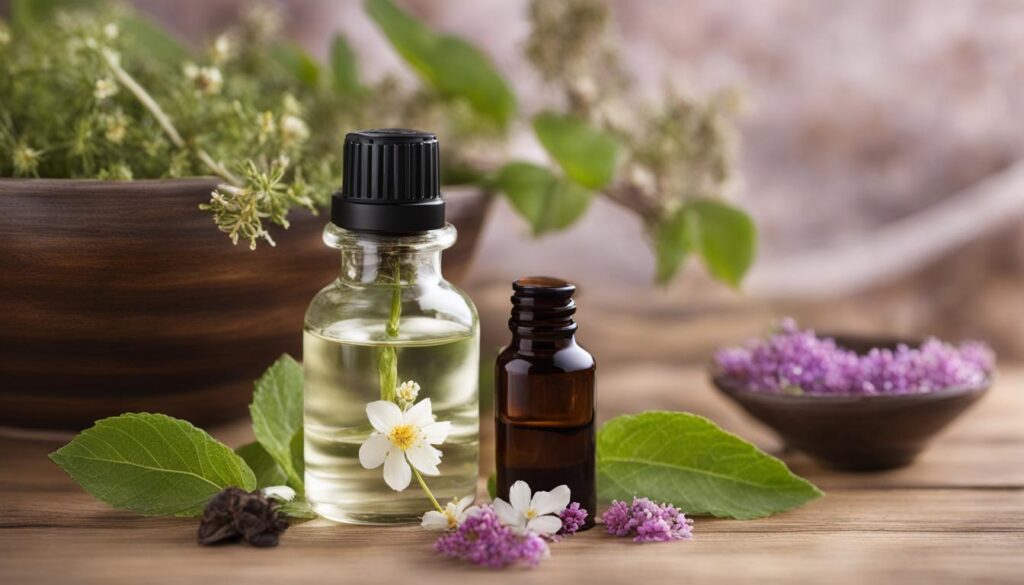
How To Use Essential Oil Diffuser Blends
Using essential oil diffuser blends is a popular and effective way to incorporate aromatherapy into your relaxation routine. Whether you’re looking to create a calming atmosphere, uplift your mood, or promote better sleep, diffuser blends can help you achieve your desired effects. Here are some simple steps to get started:
Step 1: Choose Your Essential Oil Diffuser Blend
Start by selecting the essential oils that suit your needs. For relaxation, consider oils like lavender, chamomile, or bergamot. If you want to boost energy, try citrus oils such as lemon, orange, or grapefruit. Once you’ve chosen your oils, you can find pre-made diffuser blend recipes or create your own by combining a few drops of each oil.
Step 2: Prepare Your Diffuser
Fill your diffuser with clean, room-temperature water. Be sure to follow the manufacturer’s instructions on how much water to use. Then, add your chosen essential oil blend to the water. The number of drops will depend on the size of your diffuser and the strength of the scent you desire. Typically, 3-5 drops of each oil should be sufficient.
Step 3: Enjoy the Aromatherapy
Turn on your diffuser and let the aromatic mist fill the air. Find a comfortable spot near the diffuser and take a few moments to focus on your breath, allowing the calming scent to envelop you. You can also combine diffuser blends with relaxation techniques like deep breathing or meditation to enhance their effects.
Remember to place your diffuser in a well-ventilated area and follow the manufacturer’s instructions for usage. Diffusing essential oils for 15-30 minutes at a time is generally recommended to avoid overwhelming the senses. Experiment with different blends and adjust the number of drops to find what works best for you.
| Essential Oil | Properties | Benefits |
|---|---|---|
| Lavender | Calming, relaxing | Reduces stress and anxiety, promotes sleep |
| Chamomile | Soothing, sedative | Relieves tension, promotes relaxation |
| Bergamot | Uplifting, balancing | Improves mood, reduces anxiety |
| Lemon | Invigorating, refreshing | Boosts energy and mood |
| Orange | Cheering, uplifting | Promotes relaxation, reduces stress |
| Grapefruit | Refreshing, revitalizing | Increases focus and mental clarity |
Using essential oil diffuser blends is an enjoyable and effective way to incorporate aromatherapy into your daily routine. Experiment with different oils to find the scents that resonate with you and create the desired atmosphere. Whether you’re seeking relaxation, energy, or stress relief, diffuser blends can enhance your well-being and promote a sense of calm.
Safety Precautions To Take
When using essential oils, it’s important to prioritize safety to ensure a positive and enjoyable experience. Here are some key safety precautions to keep in mind:
Dilution
Essential oils are highly concentrated and should always be diluted before use. This helps prevent skin irritation and allows for proper absorption. A general rule of thumb is to use a carrier oil, such as coconut oil or almond oil, and mix 2-3 drops of essential oil per tablespoon of carrier oil.
Patch Test
Before applying an essential oil blend to your skin, it’s recommended to perform a patch test to check for any adverse reactions. Apply a small amount of the diluted blend to a patch of skin, such as your inner arm, and wait 24 hours to see if any redness, irritation, or discomfort occurs.
Avoid Contact with Eyes
Essential oils should never be applied directly to the eyes or near the eye area. If accidental contact occurs, immediately flush the eyes with cool water and seek medical attention if necessary.
Keep Out of Reach of Children
It’s important to keep essential oils out of reach of children, as they can be harmful if ingested. Store your essential oils in a secure location and use childproof caps when available.
Use in Well-Ventilated Areas
When diffusing essential oils, ensure that the room is well-ventilated to prevent overexposure. If you start to feel any discomfort or irritation, discontinue use or diffuse for shorter periods of time.
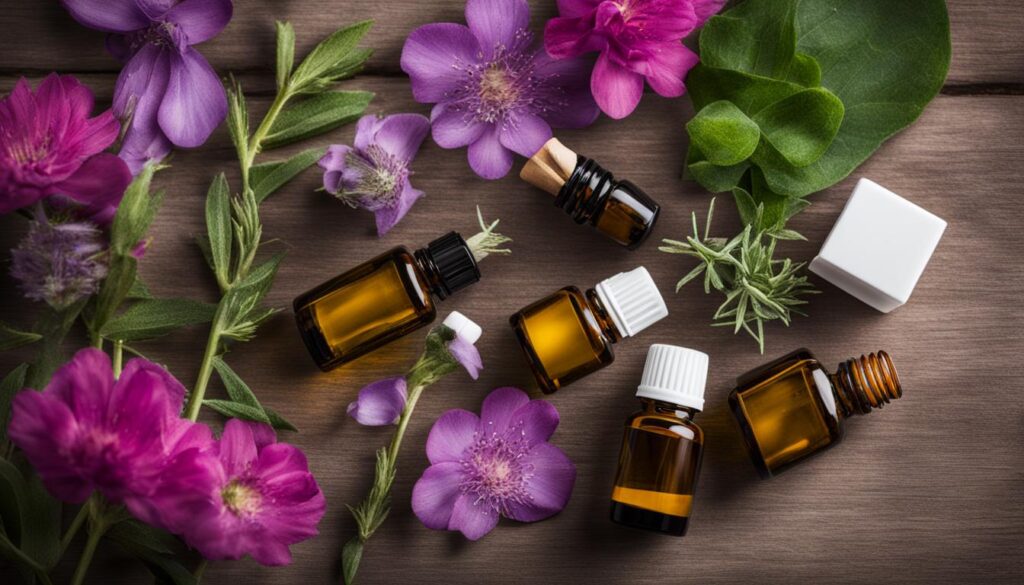
By following these safety precautions, you can enjoy the benefits of aromatherapy with peace of mind. Remember to always research and educate yourself on the specific properties and potential risks associated with each essential oil before use.
Conclusion
In conclusion, the practice of aromatherapy using essential oils offers a powerful solution for stress relief and relaxation. By incorporating calming essential oil blends, diffuser recipes, and following safety precautions, you can create a soothing atmosphere that promotes relaxation and reduces anxiety.
Aromatherapy for stress relief is a natural and effective technique that can be easily integrated into your self-care routine. The use of essential oils in diffusers or through topical application can help create a peaceful environment, enabling you to find serenity and unwind from the pressures of daily life.
Remember, relaxation techniques, such as aromatherapy, offer a holistic approach to wellness. So, why not give it a try? Explore the benefits of essential oils and discover how they can enhance your overall well-being and promote a sense of calm in your everyday life.
FAQ
What are calming essential oil blends?
Calming essential oil blends are mixtures of essential oils that promote relaxation and alleviate anxiety. They often contain oils such as lavender, bergamot, and roman chamomile, which have soothing and relaxing properties.
Do calming oil blends effectively work for relaxation?
Yes, calming oil blends can effectively work for relaxation. These blends are formulated with essential oils known for their calming and relaxing properties. When used in diffusers or applied topically, they help create a calming atmosphere and promote a sense of relaxation.
How can I create my own essential oil blend recipes?
Creating your own essential oil blend recipes can be a fun and personalized way to promote relaxation. Experiment with different combinations of essential oils until you find a blend that works for you. Start with a base oil and add a few drops of your chosen essential oils. Adjust the ratios to suit your preferences.
How do I use essential oil diffuser blends?
Using essential oil diffuser blends is a simple and effective way to enjoy the benefits of aromatherapy. Add a few drops of your chosen blend to a diffuser filled with water, turn it on, and let the aroma fill the room. Adjust the number of drops depending on the size of the room and your personal preferences.
What safety precautions should I take when using essential oils?
When using essential oils, it’s important to take safety precautions. These include diluting oils with a carrier oil before applying them to the skin, conducting a patch test to check for any allergic reactions, avoiding contact with eyes, keeping oils out of reach of children, and using oils in well-ventilated areas.

